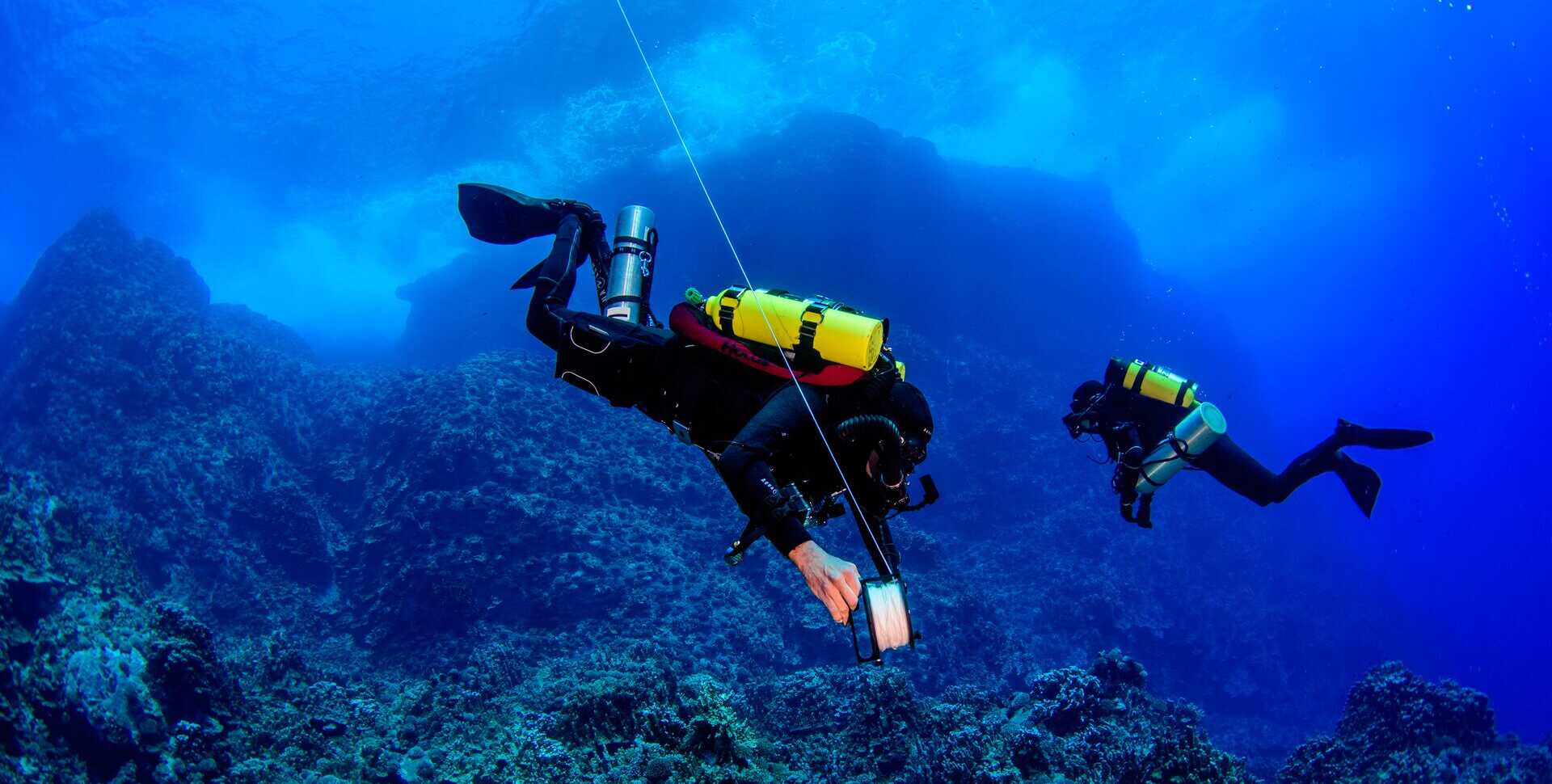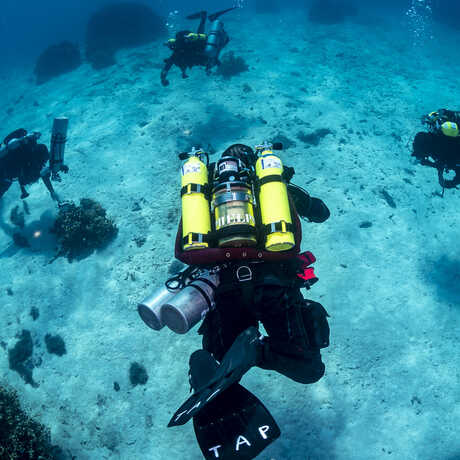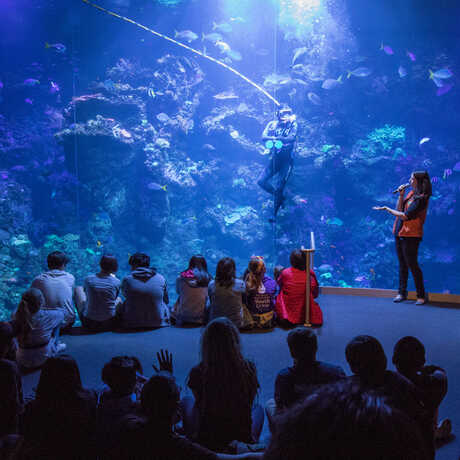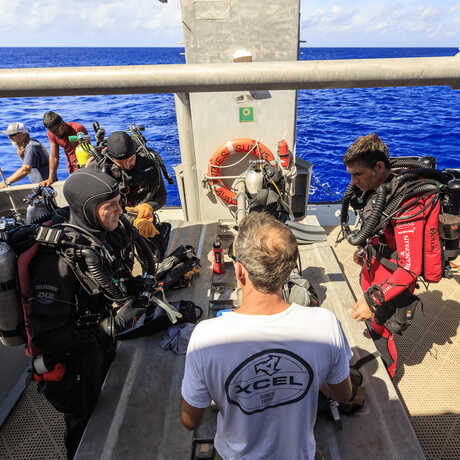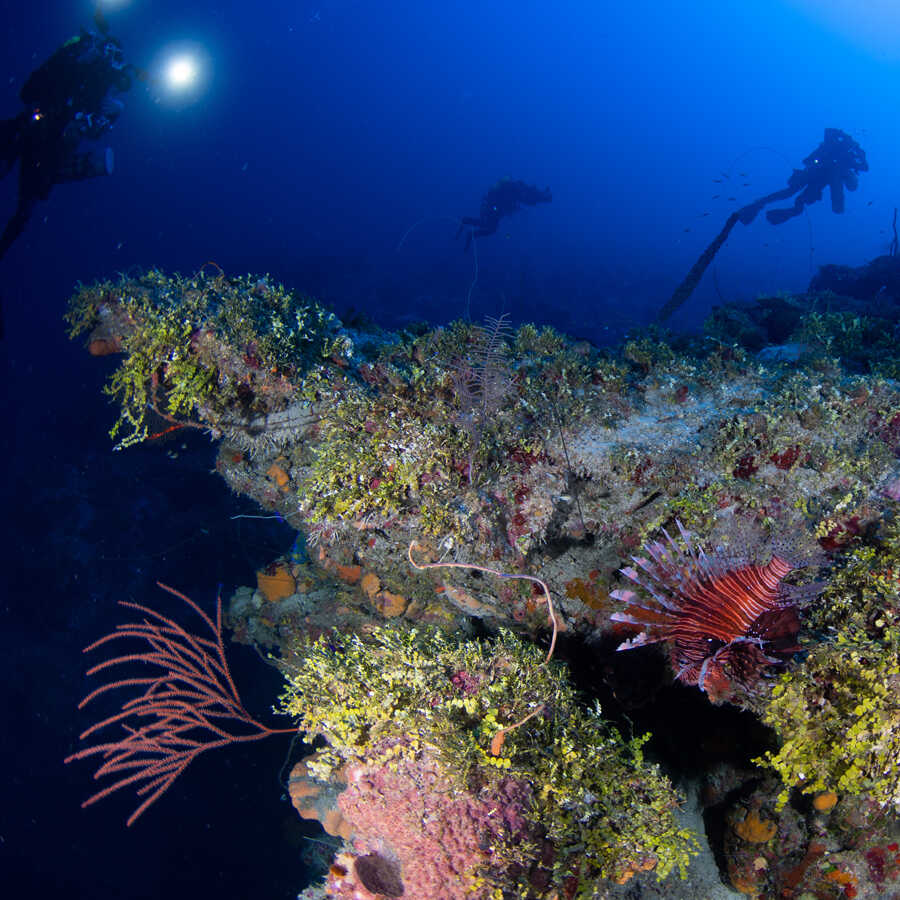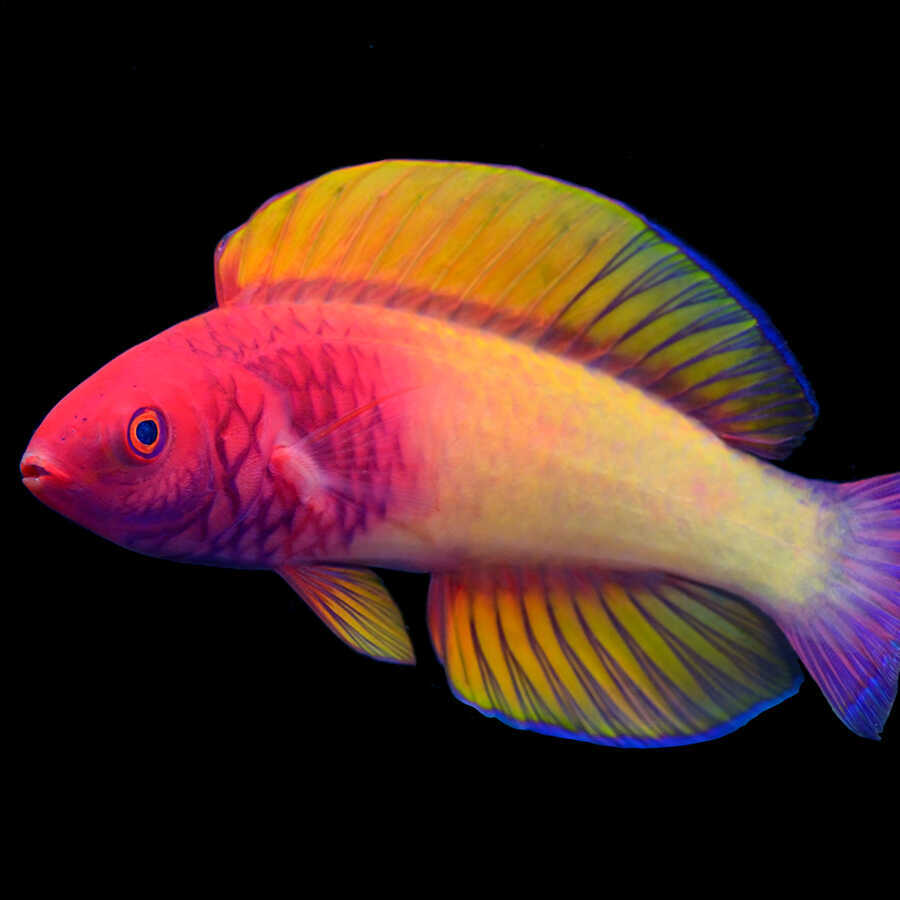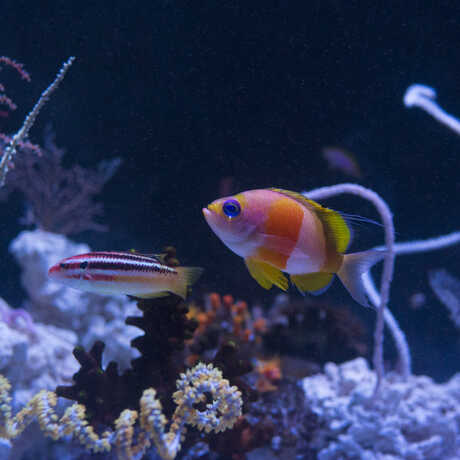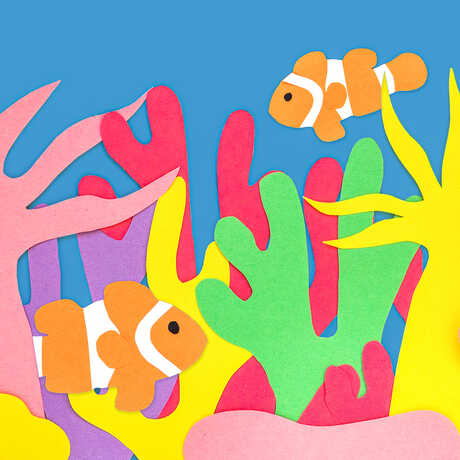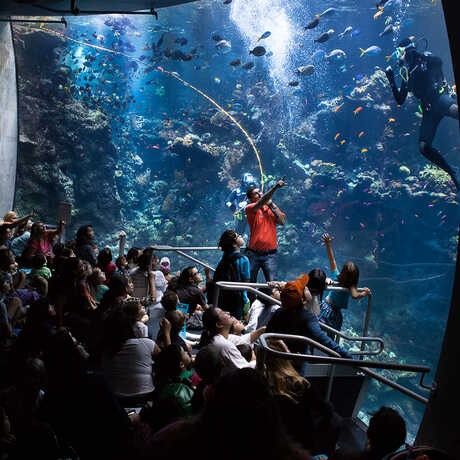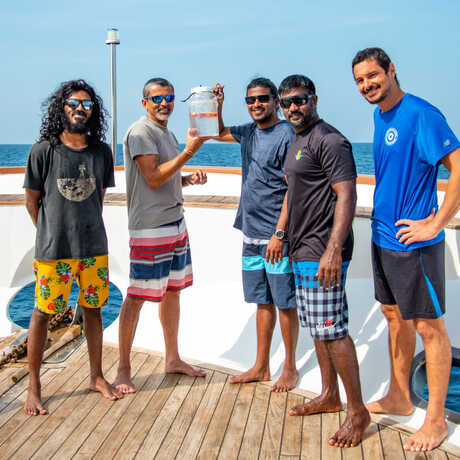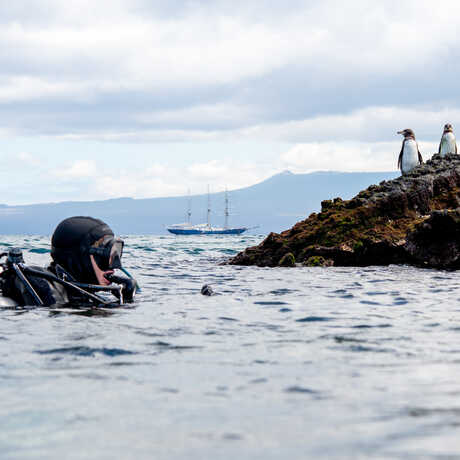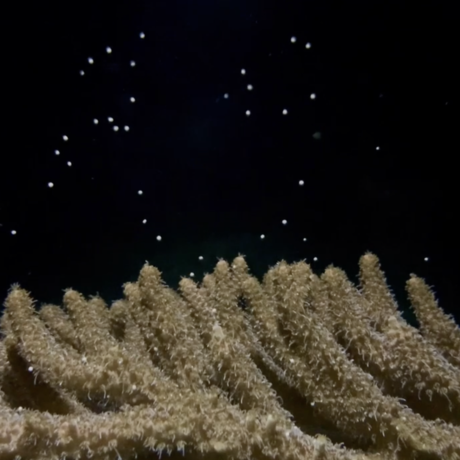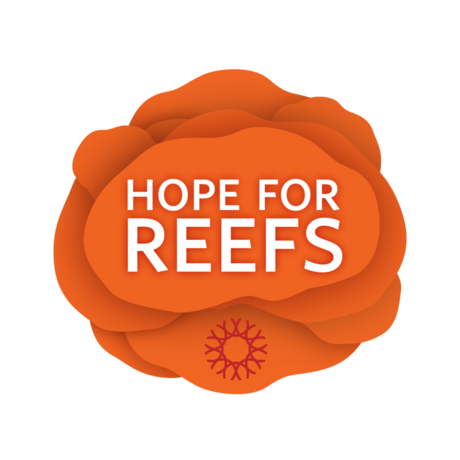
As oceans grow warmer and more acidic, corals are struggling to reproduce. To promote reproduction, Academy scientists sought to replicate reef conditions in Palau in our Coral Regeneration Lab (CoRL)—and succeeded in becoming the first lab in the US to spawn corals in aquaria. We anticipate significantly refining our techniques to advance coral science and inform and ultimately improve restoration programs worldwide.
Photo © Tane Sinclair-Taylor
